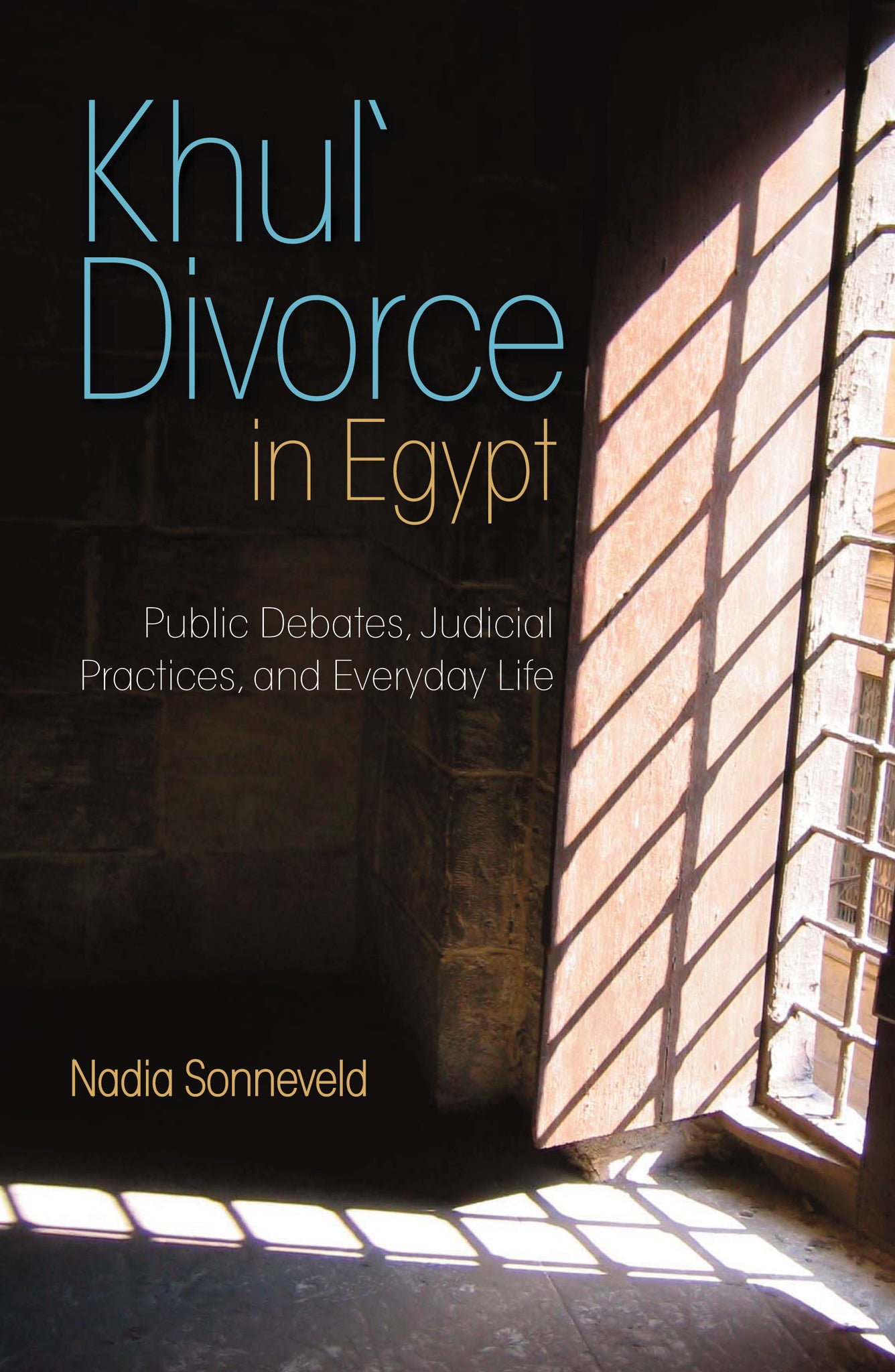We're sorry. An error has occurred
Please cancel or retry.
Khul‘ Divorce in Egypt

Some error occured while loading the Quick View. Please close the Quick View and try reloading the page.
Couldn't load pickup availability
- Format:
-
08 July 2012

At the beginning of the twenty-first century, Egyptian women gained the unique right to divorce their husbands unilaterally through a procedure called khul‘. This has been a controversial application; notwithstanding attempts to present the law as being grounded in Islamic law, opponents claim that khul‘ is a privileged women’s law, and a western conspiracy aimed at destroying Egyptian family life and, by extension, Egyptian society.
In Khul‘ Divorce in Egypt, Nadia Sonneveld explores the nature of the public debates—including the portrayal of khul‘ in films and cartoons—while an examination of the application of khul‘ in the courts and everyday life relates and compares this debate to the actual implementation of the procedure. She makes it clear that the points of controversy bear little resemblance to the lives of the lower-middle-class women who apply for khul‘; they merely reflect profound changes in the institutions of marriage and family.


Preface
Notes on Transliteration
Figures
Introduction
Part I The Public Debate on Khul‘: Qalamani (Two Pens)
1 Maintenance and Obedience: A History of Personal Status Law in Egypt
2 The “Khul‘ Law” Criticised: The First Pen
3 Films and Cartoons: The Second Pen
Part II The Implementation of Khul‘ in Court and Everyday Life: From urīdu Hallan to urīdu khul‘an?
4 The Dower
5 Reconciliation and Mediation in Court
6 Out-of-Court Mediation: Family and Friendship Relations in Egypt
7 Informal Marriages and Polygyny
8 Conclusion
References



